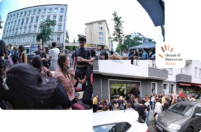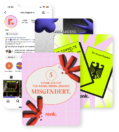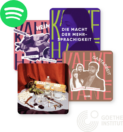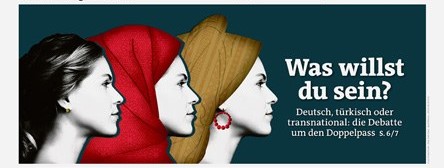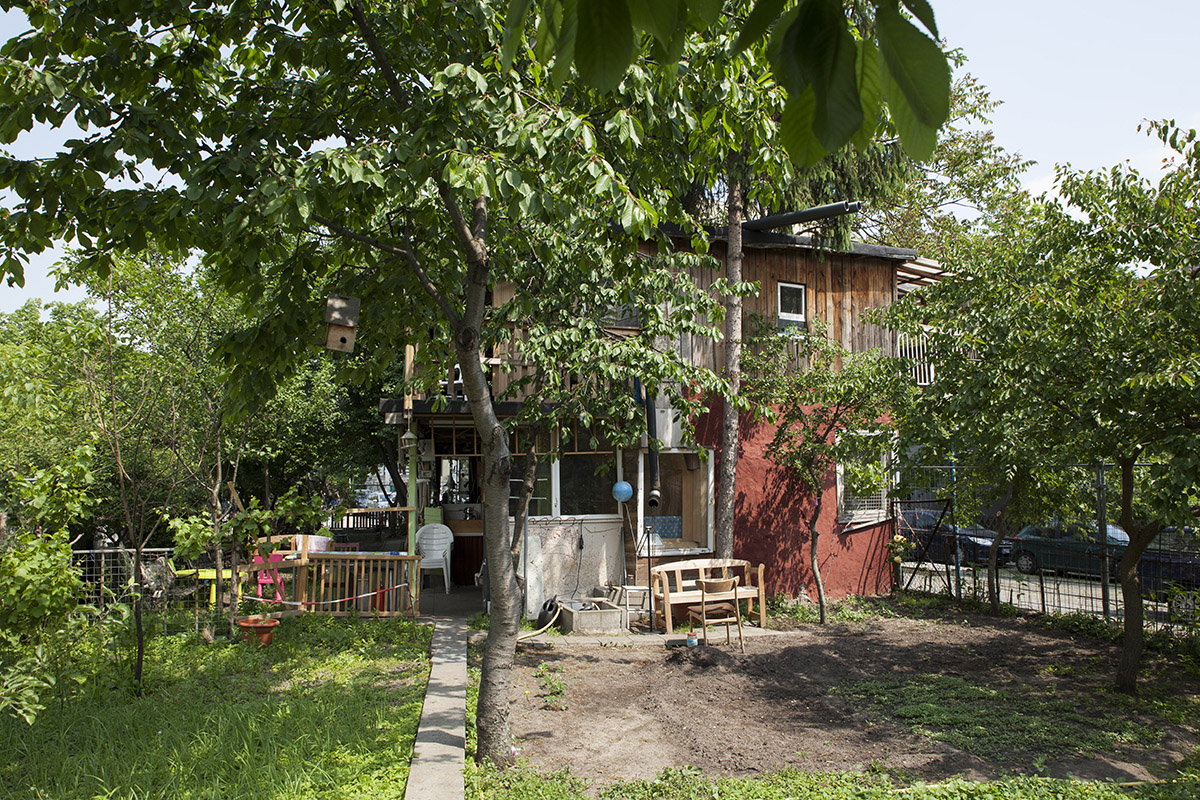Angelika bases her works on her love of nature. Does this lie in her origins in Masuria, one of Poland’s most beautiful spots?
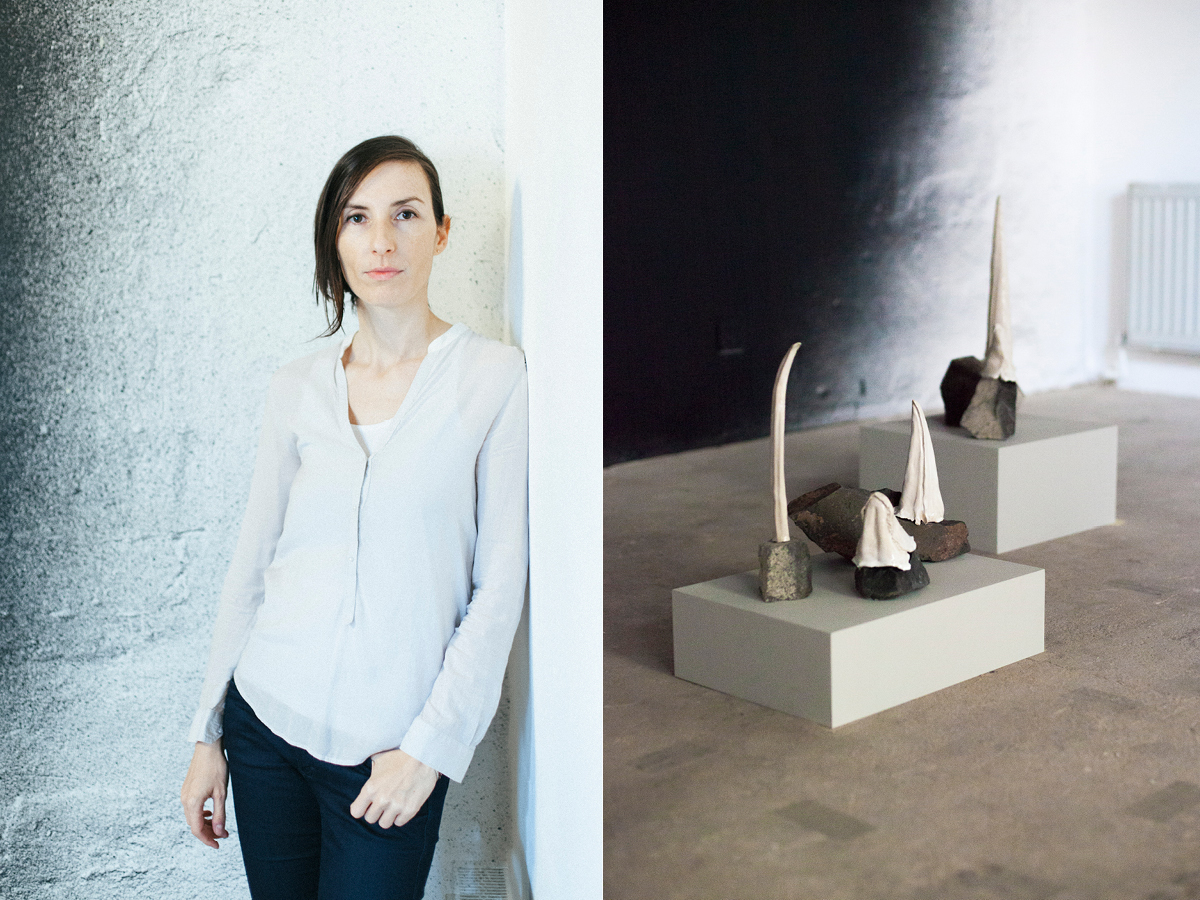
A very special mural of yours is on display at our exhibition series “Liebes Wedding”. Could you tell us about it?
Two of my works are on display at the exhibition: a huge black circle sprayed over an entire wall, and some bright ceramics in the foreground. The glazed ceramics are reshaped beaks of various migratory birds and they primarily deal with animals’ magnetoreceptive capabilities and electromagnetism. I am thereby showcasing a natural phenomenon for which science still has not provided an explanation!
The beaks also touch on the topic of migration and are a synonym for the shifting of human and animal habitats alike – highly appropriate, given the social status quo. With the sprayed-on black circle I am forming a bridge between the birds and the black holes of astrology. If the observer stands in front of this blackness, they will experience a calming of their vision, because they will not be distracted by anything else visually. They will also be attracted to its form, taken in, surrounded by and almost swallowed into it, as with real black holes.
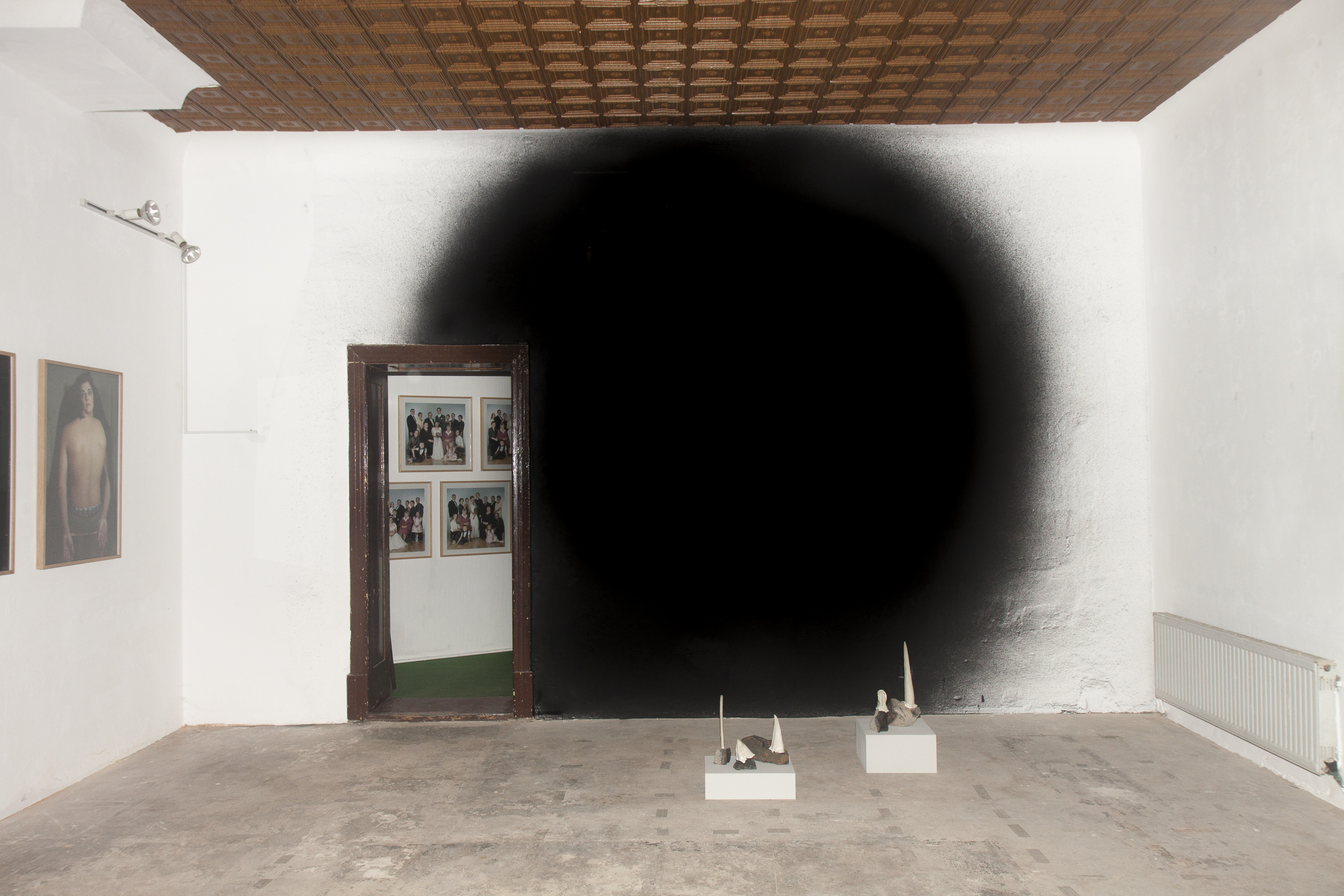
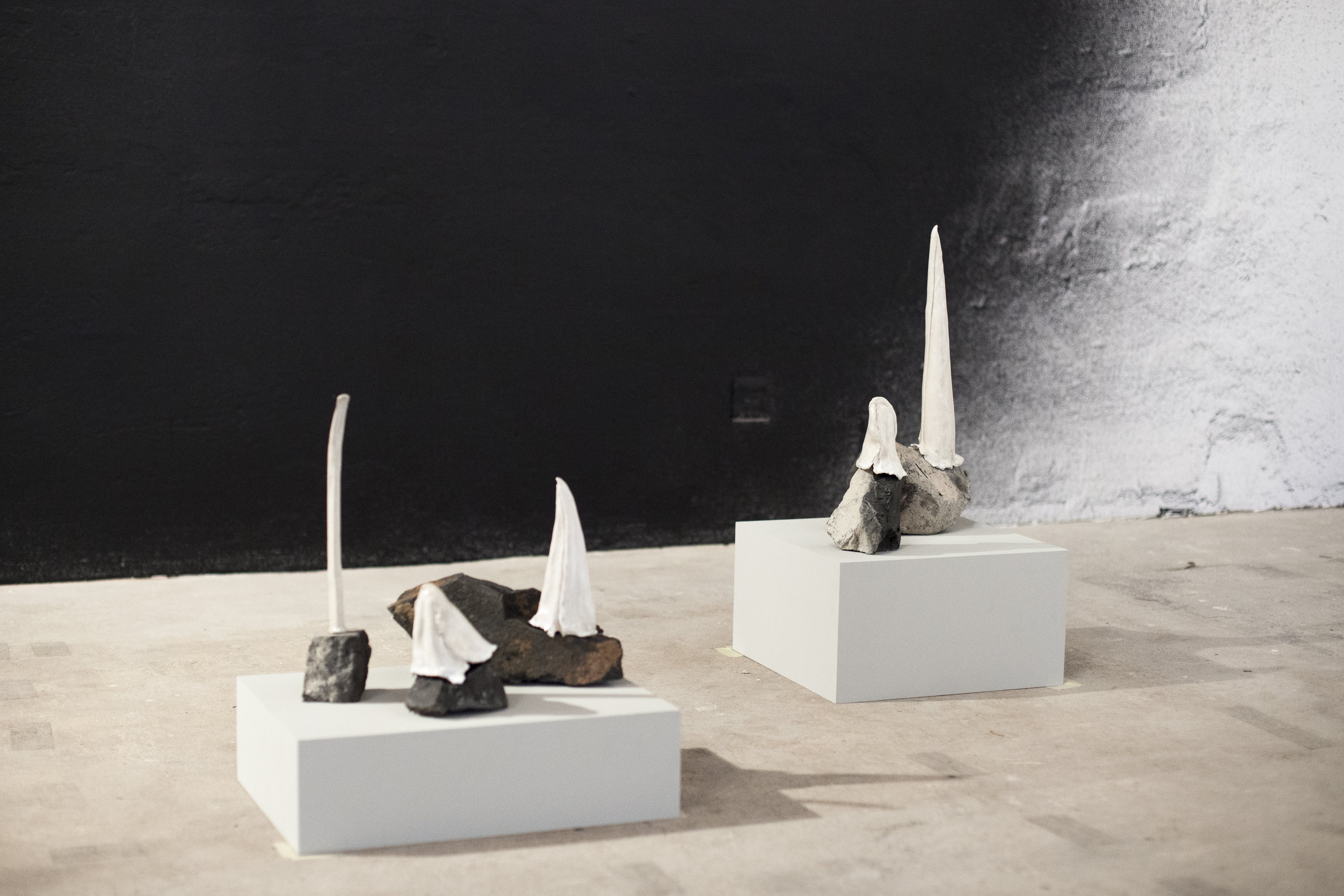
A wonderful parallel can also be drawn with love, here, as you can be absorbed with pleasure by love itself, and there is no escape from it! It’s such a great feeling! However, neither love nor black holes can be fully understood or analysed. There are observations, classifications and theories about black holes, but still no recordings have been made from the inside of one. This begs the question: how can love be measured?
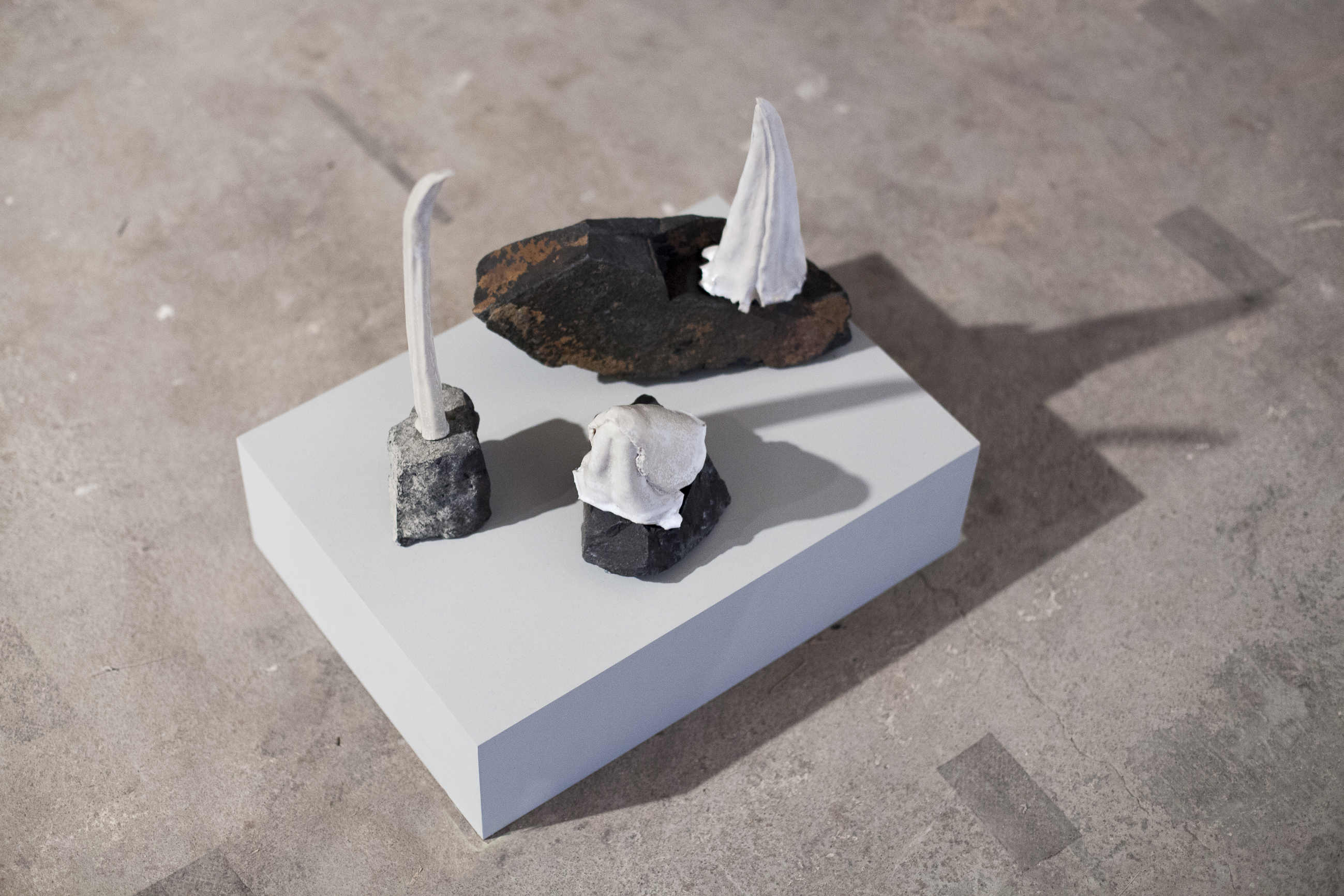
Is this work a reflection of your personal background as a migrant from Poland to Germany?
Yes, you could certainly say that. I was born in Mrągowo, a small town in Masuria, Poland. In the summer of 1989 I moved to Germany with my parents and siblings.
Our family already had a connection to Germany beforehand, because my grandmother was from Germany. She fell in love with a Polish soldier and stayed in Poland after the war. However, unfortunately she didn’t teach us any German. I only learned the language after we moved here.
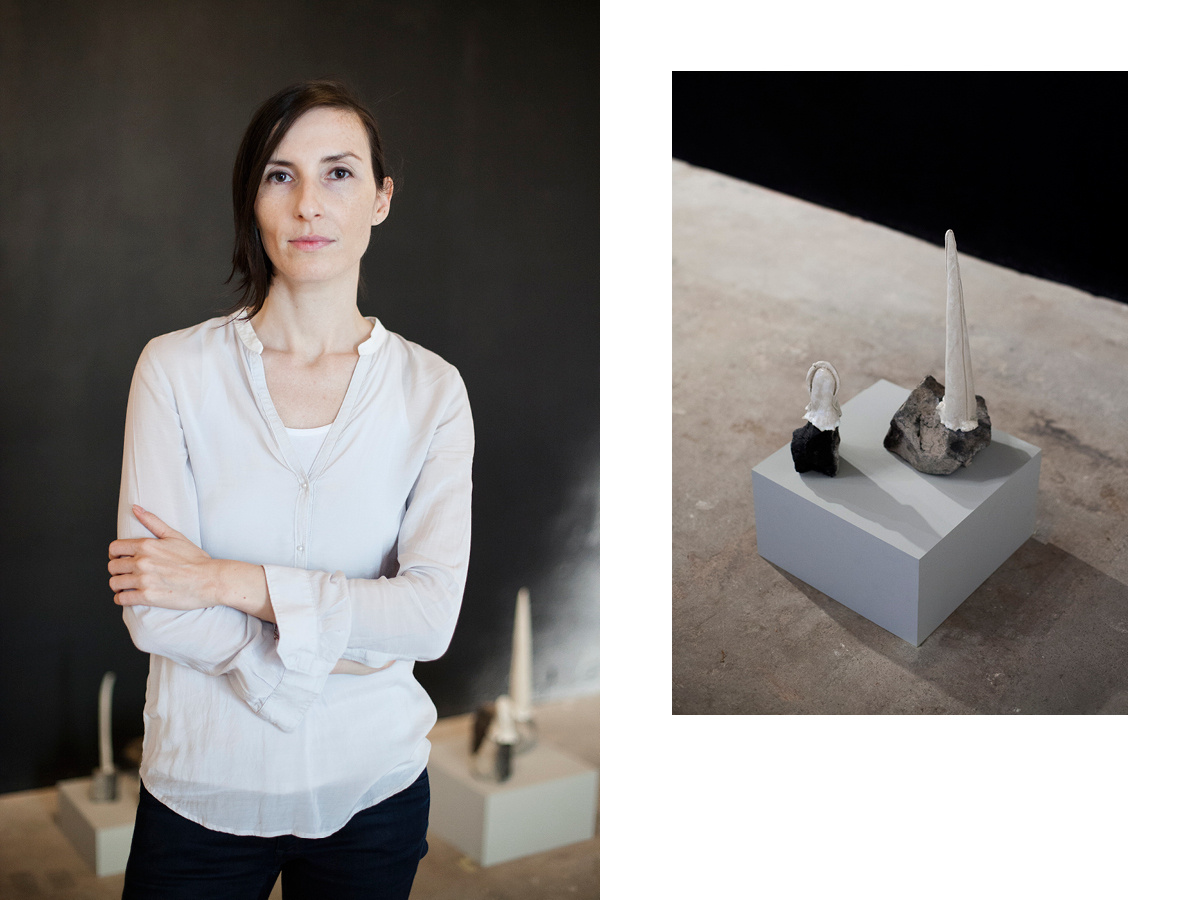
Could we then say that the connection to nature in your works is shaped by your childhood growing up in Poland?
Absolutely. I grew up among dreamy lakes, moors and forests. Having grown up in this natural idyll, moving to a city like Düsseldorf was certainly a stark contrast for me as a child. Only much later, as an artist, did I start to become interested in the profound processes and connections of nature – not necessarily those of biology, but rather those of classical physics. I have learned a lot through my research and the material world has come to make a lot more sense to me.
To summarise: if you’re trying to understand something foreign, it’s easier to just love it. The same applies to understanding foreign cultures!
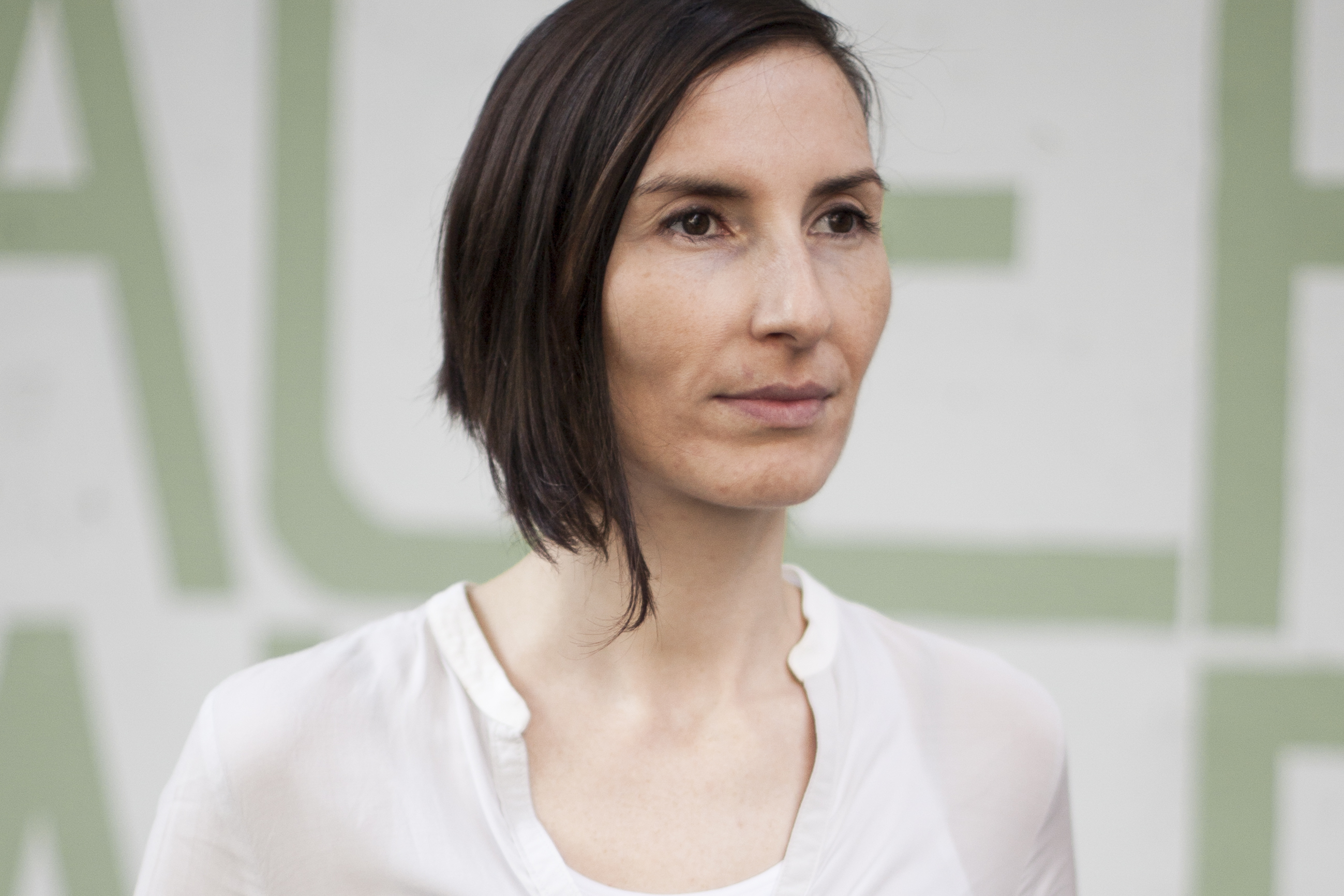
Natural sciences always sound so rational. Are you a person of the mind or the heart?
Both. Art is very emotional, physics very rational.
My ideas stem from a feeling and an inherent interest and zeal in which my focus is on the forces of nature rather than on people. So, to answer your question, I am a person of the heart with a love for science.
If you regard our actions as a scientific construct, what does tradition mean for you then?
I think tradition is very important and forms a part of one’s identity, though I don’t think all traditions are necessarily good. However, for me, the most beautiful Polish tradition is that of sharing flatbread wafers at Christmas. We still get these sent to us from Poland every year. Everyone at the table wishes each other something nice for the coming year, though now our family does this in German, because otherwise the German spouses in our family would have a hard time understanding what we say.
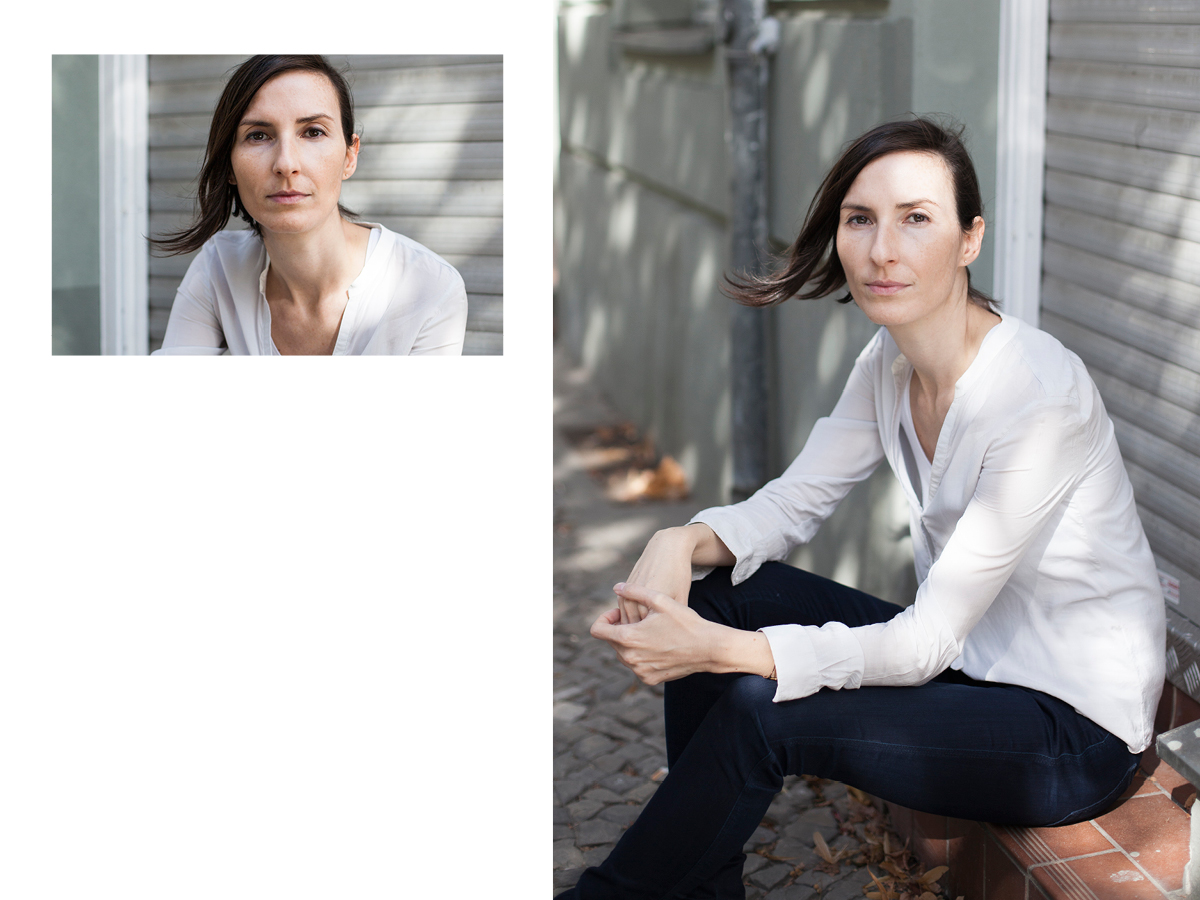
Text: Julia Boos
Photographs: Anna Szkoda
Translation: Kerim Onur Hassan
